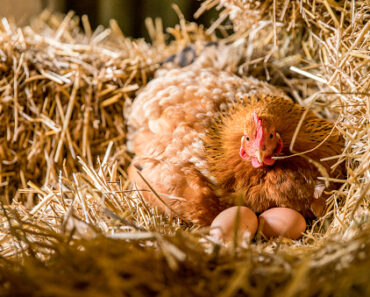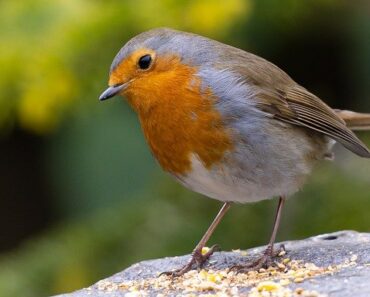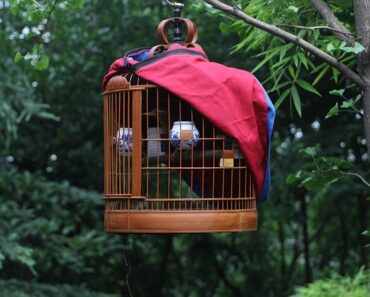
The Japanese sparrow gets its name from the fact that it does not exist in its natural state and that the species has been developed and preserved in some regions of Japan. It is a small bird with very pleasant plumage and can easily be adopted. To find one, it will be necessary to contact breeders specialized in the field. Knowing more about its habits will also be essential to take care of it in the best way.
A simple but specific diet
The Japanese sparrow is a granivore so it will be necessary to bring him seeds in sufficient quantity every day. To be sure to have a suitable mixture, it is preferable to get it from a pet shop or a specialist. A selection of seeds specially designed for the Japanese sparrow can be obtained and the birds will appreciate to return to their usual diet. This mixture is made in such a way that the amount of lipids and carbohydrates is controlled and that all the necessary nutrients are offered to the bird.
In order to ensure that the host bird benefits from all the necessary vitamins, it will be necessary to think about offering fresh fruit regularly. He particularly appreciates small pieces of apple but also bananas or small grapes. If fruit is introduced into the diet, it should be removed every day if it has not been eaten and replaced by new ones that will surely attract the animal. Being very sensitive when exposed to the air, fruits tend to rot quickly and cannot be eaten anymore.
An important need for space
The new owner of sparrows in Japan to choose to install his birds in a cage or prefer an indoor or outdoor aviary. Be aware that this species is not tamed at all, so the more spacious the aviary is, the more comfortable the bird will be to fly. It is not advisable to take it out of the cage to fly in a room because it will be very difficult to put it back in. In case of an outside aviary, always make sure that the bird has one or two closed sides so that it can find a pleasant place according to the weather conditions.
A bowl for food will have to be provided while a water trough is preferable for water to prevent them from bathing in it. It will be possible to provide them with places for bathing in other areas of the cage. Perches are necessary because the Japanese sparrow likes to fly high so it will be necessary to give it the opportunity to land as high as possible. This bird likes to have games in its home so it will be interesting to integrate swings, bells or even mirrors that will entertain it.
Advice to take into account
When adopting the Japanese sparrow, the breeder will indicate some peculiarities that should be taken into account. In this case, this bird has the habit of washing itself. Therefore, it will be necessary to keep one or two baths with clean water every day so that it can bathe in them at its convenience. Regular maintenance of the cage is therefore required to keep the Japanese sparrow clean. All droppings and soiled litter should be removed as often as possible. The cleaning of the cage bars is essential to keep the whole cage perfectly clean.
The Japanese sparrow is prone to anemia so you should ask the veterinarian what food supplements can be used to protect it from this condition. Thereafter, it will be enough to give him some on a regular basis to ensure his good health. This bird has the particularity of being able to cohabit easily with small birds such as the canary or the sparrow. It is therefore possible to integrate it into an aviary that already has birds, as long as they are not too big.
A pleasant companion
The Japanese sparrow is a bird that is easy to maintain and does not require any special installation. It is therefore ideal for people who wish to adopt their first pet bird. It can live alone as well as with another bird of its species or with a bird of another species. It is not possible to distinguish a male from a female, only the behavior adopted will give clues. The male will parade to attract the female and form a couple. On her side, the female often prepares the nest, which makes it possible to clearly distinguish her.
The reproduction within the couple can be done at any season of the year with a brooding of the order of sixteen days. The ideal age to reproduce is one year for the female and eight months for the male. Considering the rather rare character of this species, authorizing reproduction is highly recommended. The three to seven babies present per brood could thereafter be given or sold but will make it possible to preserve the species.






